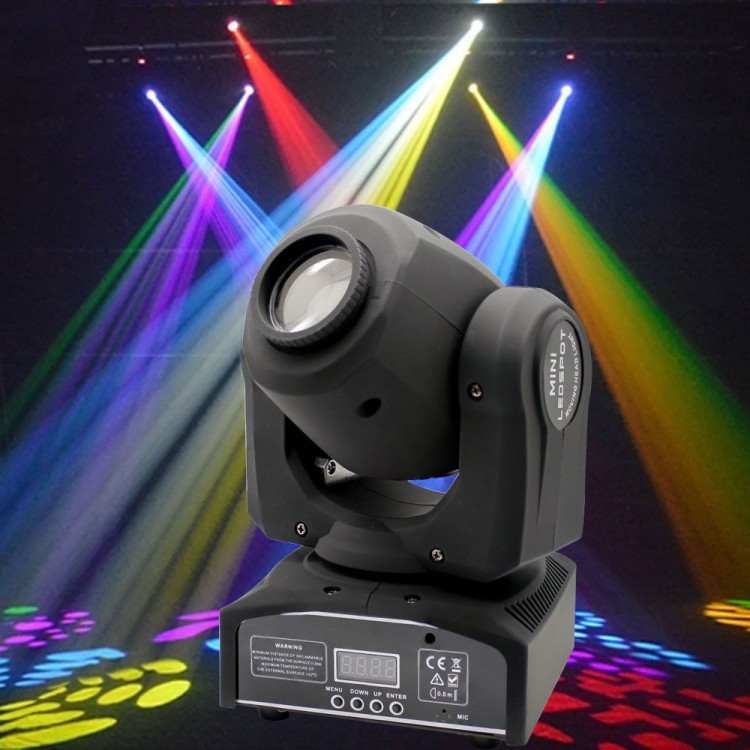

LEDs have exceptionally long lifetimes and are generally rated for 20,000 hours or more, so the light source should last the lifetime of the projector. However, the vast majority of pico, palmtop, and other small projectors are LED-based, and most use TI's Digital Light Processing (DLP) technology in their light engines. We have seen a few small laser-based projectors and a smattering of liquid crystal on silicon (LCoS) models. Thin-and-lights and standard-sized portable models are often in the 3,000-lumen range, use standard projector screens, and can tolerate ambient light.

Slightly larger mini-projectors can have brightnesses of 1,000 lumens or more. Their optimal image size tends to be between 36 and 60 inches, depending on their brightness and resolution. Some palmtops have 480p or lower resolution, and a few have resolutions up to 1080p (1,920 by 1,080), but most are 720p (1,280 by 720 pixels). If too much ambient light is introduced, or the image is enlarged too much, it will look washed out and detail will be lost.Īlthough a few palmtop projectors have a brightness of less than a hundred lumens, most fall in the range of 200 to 600 lumens. This combination limits their effective use to projecting onto a small screen in a darkened room, with optimal image sizes ranging from 24 to 48 inches, measured diagonally. They generally have low resolution, often 854 by 480 pixels (aka FWVGA or 480p), with a 16:9 widescreen aspect ratio. Pico projectors have low brightness (from less than 50 to up to several hundred ANSI lumens). Understanding Key Projector Specs: Brightness, Resolution, and Technology Although a few have internal batteries, the majority of standard projectors-as well as most thin and light ones-are limited to AC power. Many come with soft carrying cases, but they could just as easily be slipped into a travel bag or backpack. The LG Minibeam LED projector is lightweight, but it doesn't sacrifice image quality.įinally, some standard projectors are still small and light enough to be easily portable, whether you're moving them between classrooms or taking them on a cross-country flight. They are highly portable, but you pay a premium for their svelteness, and they usually have a limited set of connection choices. The next step up from these, thin-and-light projectors, are as wide, deep, and bright as standard models but barely an inch thick, and they weigh in at about 4 pounds. They pack a relatively high resolution, and their larger frames let them include more physical ports than their smaller brethren. Many manufacturers have introduced mini projectors that are generally a bit larger than palmtops, but considerably brighter. Many models come with built-in rechargeable batteries so you can use them away from a power outlet. A growing number offer USB-C connectivity. Many can project content from a smartphone or tablet, either wirelessly or via an HDMI port that supports Mobile High-Definition Link (MHL). (If you do want to bring a laptop with you, though, check out our roundup of the best ultraportable laptops.) Some even have up to 8GB of internal memory for storing media files.

Most pico and palmtop projectors can run files from a USB thumb drive and/or SD card, so you don't need to lug your laptop with them. The AAXA P7 Mini really does fit in your palm. How to Set Up Two-Factor Authentication.How to Record the Screen on Your Windows PC or Mac.How to Convert YouTube Videos to MP3 Files.How to Save Money on Your Cell Phone Bill.How to Free Up Space on Your iPhone or iPad.How to Block Robotexts and Spam Messages.


 0 kommentar(er)
0 kommentar(er)
